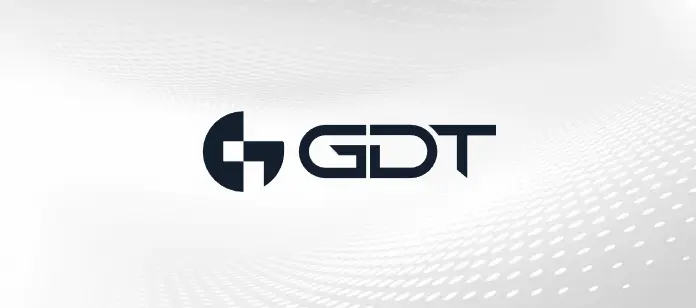You may have already heard, but if not, I’m pleased to inform you that HPE has officially completed its acquisition of Juniper Networks. First announced back in January of 2024, the HPE Juniper acquisition is now a done deal. Juniper’s CEO, Rami Rahim, is charged with leading the HPE Networking Business Unit, which is made up of people and technologies from both Juniper Networks and HPE Aruba Networking. Every part of the Juniper portfolio is transitioning into HPE with the goal of “building the best networking business on the planet.” You can read more about Rahim’s perspective in this recent blog post.
So, what does the HPE Juniper acquisition mean for the future of networking, and how does it impact you? I’ll share my thoughts on these questions and more below.
Why did HPE acquire Juniper Networks?
The acquisition effectively doubles the size of HPE’s networking business, substantially increasing its scope and total addressable market. Both HPE Juniper Networking and HPE Aruba Networking products will continue to be offered. As noted by HPE president and CEO Antonio Neri in a recent article, the HPE Juniper acquisition gives HPE the ability to “…deliver a truly comprehensive cloud-native IT portfolio supported by agentic AI operations – including a modern, secure and AI-native network – that delivers on the promise of hybrid cloud and AI.”
For GDT customers, the acquisition fuses HPE’s strengths in hybrid cloud, AI infrastructure, and edge computing with Juniper’s networking capabilities to deliver next-generation, AI-native networking capabilities. This unified, intelligent stack simplifies hybrid cloud networking and will carry customers into the future.
What does AI-native networking mean for GDT’s customers?
HPE notes two opportunities for customers that this acquisition addresses: AI for networking and networking for AI. In summary, AI for networking is poised to deliver exceptional user experiences, greater flexibility, and more use cases, along with increased security and resiliency. Networking for AI powers increased innovation agility and increased simplicity, thanks to integrated visibility and full-stack management in HPE GreenLake.
First off, GDT is an Elite Juniper partner and Platinum HPE partner with several years of demonstrated success in collaborating with both partners in our customer base. We work very closely with our customers to promote the best solutions for their unique environments, and we are seeing many partners leverage AI networking to enhance our customers’ businesses in many ways.
When you hear “AI-native networking,” it means the network is built from the ground up to use artificial intelligence and machine learning to automate, optimize, and secure network operations. It’s not just an add-on — it’s core to how the network runs. For GDT’s customers, AI-native networking from HPE Networking delivers real, practical benefits. We have seen our customers simplify their support operations by using automated Wi-Fi tuning, troubleshooting, and firmware updates. The network can identify and resolve many issues before end users even notice issues or have time to open support tickets. This means fewer help desk tickets, happier employees, and smoother customer experiences.
At GDT, we use networking workshops to understand our customers’ unique requirements, so we can recommend the best overall experience and help them plan based on their business goals.
What are some real-world use cases?
There are several verticals where customers are seeing incredible value from this type of solution, but the three that we most commonly see at GDT are healthcare, retail, and higher education.
Higher education: Less time troubleshooting Wi-Fi, more time focused on learning.
- Smart campuses: AI-driven Wi-Fi for large, dynamic environments with thousands of students/devices.
- Student location services: Asset tracking (like laptops) or locating students in emergencies.
- Remote/hybrid learning: Prioritization of collaboration apps, monitoring network quality, and automating fixes.
Retail: Better shopper experiences, more data-driven operations, fewer IT headaches.
- Connected stores: AI automation of wireless performance for POS, inventory, and digital signage.
- Customer analytics: Use of location data to understand foot traffic and dwell times.
- Smart checkout: Frictionless checkout (self-checkout, scan-and-go) with reliable connectivity.
The HPE Juniper acquisition helps customers move from manual, reactive IT to predictive, autonomous operations, so they can keep up with the demands of AI, cloud, edge, and data growth throughout their entire network.
How does the acquisition impact networking security?
From a security perspective, the acquisition enhances security. HPE offers a complete security portfolio that converges network and security management, delivering consistent user experiences across locations. Zero Trust networking is made easier with built-in SASE capabilities, microsegmentation for granular control, and AI-driven threat detection and response.
Final thoughts…
HPE acquiring Juniper isn’t just about combining two product lines — it’s about giving customers a more automated, intelligent, secure, and flexible network that’s ready for AI and hybrid cloud, with a clear roadmap to deliver value long term. GDT is excited to partner even more closely with the new HPE to provide the best overall solution for our customers from design to delivery.



